
| Recorded by: Mark Basinger on 2025-03-27
Brunswick Co.
Comment: | 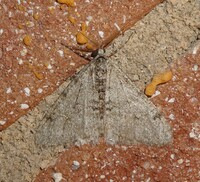
| Recorded by: Simpson Eason on 2025-03-26
Durham Co.
Comment: |

| Recorded by: Jeff Niznik on 2025-03-19
Orange Co.
Comment: | 
| Recorded by: Jim Petranka on 2025-03-18
Madison Co.
Comment: |

| Recorded by: K. Bischof on 2025-03-15
Transylvania Co.
Comment: | 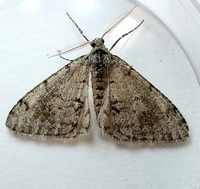
| Recorded by: Mark Basinger on 2025-03-13
Wilson Co.
Comment: |
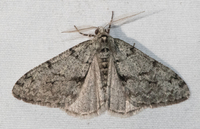
| Recorded by: Emily Stanley on 2025-03-12
Buncombe Co.
Comment: | 
| Recorded by: Dean Furbish on 2025-03-01
Wake Co.
Comment: |

| Recorded by: Simpson Eason on 2025-02-28
Durham Co.
Comment: | 
| Recorded by: Simpson Eason on 2025-02-26
Durham Co.
Comment: |
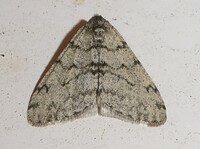
| Recorded by: Simpson Eason on 2025-02-26
Durham Co.
Comment: | 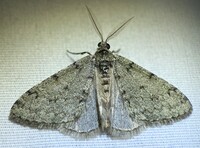
| Recorded by: Dean Furbish, Lior S. Carlson on 2025-02-26
Orange Co.
Comment: |
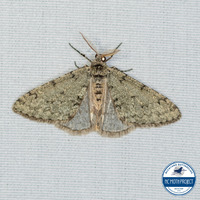
| Recorded by: Dean Furbish, Lior S. Carlson on 2025-02-26
Orange Co.
Comment: | 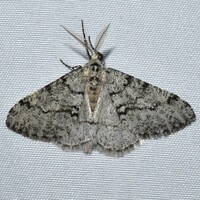
| Recorded by: Jeff Niznik, David George, Larry Chen on 2025-02-26
Orange Co.
Comment: |
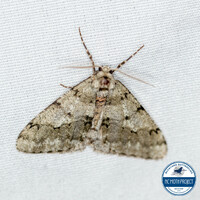
| Recorded by: Lior S. Carlson, Dean Furbish on 2025-02-25
Orange Co.
Comment: | 
| Recorded by: Lior S. Carlson, Dean Furbish on 2025-02-25
Orange Co.
Comment: |
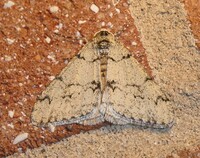
| Recorded by: Simpson Eason on 2025-02-24
Durham Co.
Comment: | 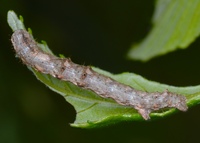
| Recorded by: Stephen Dunn on 2024-04-20
Orange Co.
Comment: Feeding on Castanea pumila. |
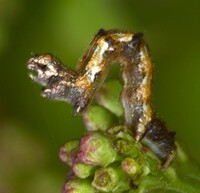
| Recorded by: Stephen Dunn on 2024-04-09
Orange Co.
Comment: | 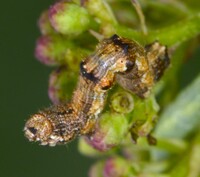
| Recorded by: Stephen Dunn on 2024-04-09
Orange Co.
Comment: |
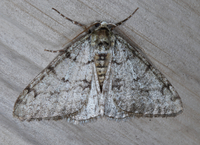
| Recorded by: Jim Petranka on 2024-03-30
Madison Co.
Comment: | 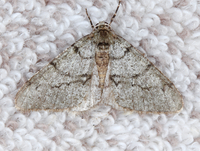
| Recorded by: Jim Petranka on 2024-03-14
Madison Co.
Comment: |
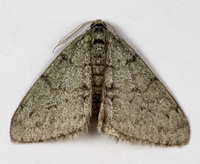
| Recorded by: Stephen Hall on 2024-03-07
Orange Co.
Comment: | 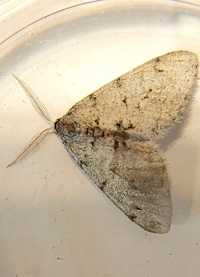
| Recorded by: Mark Basinger on 2024-03-07
Brunswick Co.
Comment: |
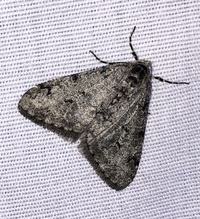
| Recorded by: B. Bockhahn on 2024-03-04
Buncombe Co.
Comment: | 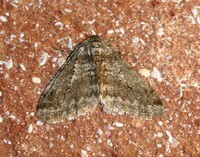
| Recorded by: Simpson Eason on 2024-03-04
Durham Co.
Comment: |
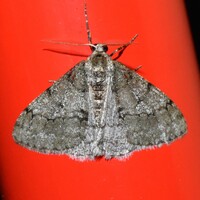
| Recorded by: Jeff Niznik, Stephen Dunn on 2024-03-03
Orange Co.
Comment: | 
| Recorded by: Simpson Eason on 2024-03-02
Durham Co.
Comment: |

| Recorded by: David George, Becky Watkins on 2024-02-27
Durham Co.
Comment: | 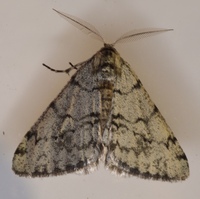
| Recorded by: Stephen Dunn on 2024-02-26
Orange Co.
Comment: |
|

 »
»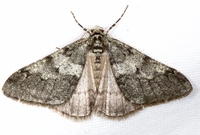
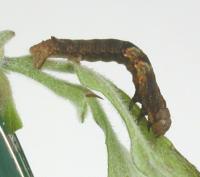


 »
»

